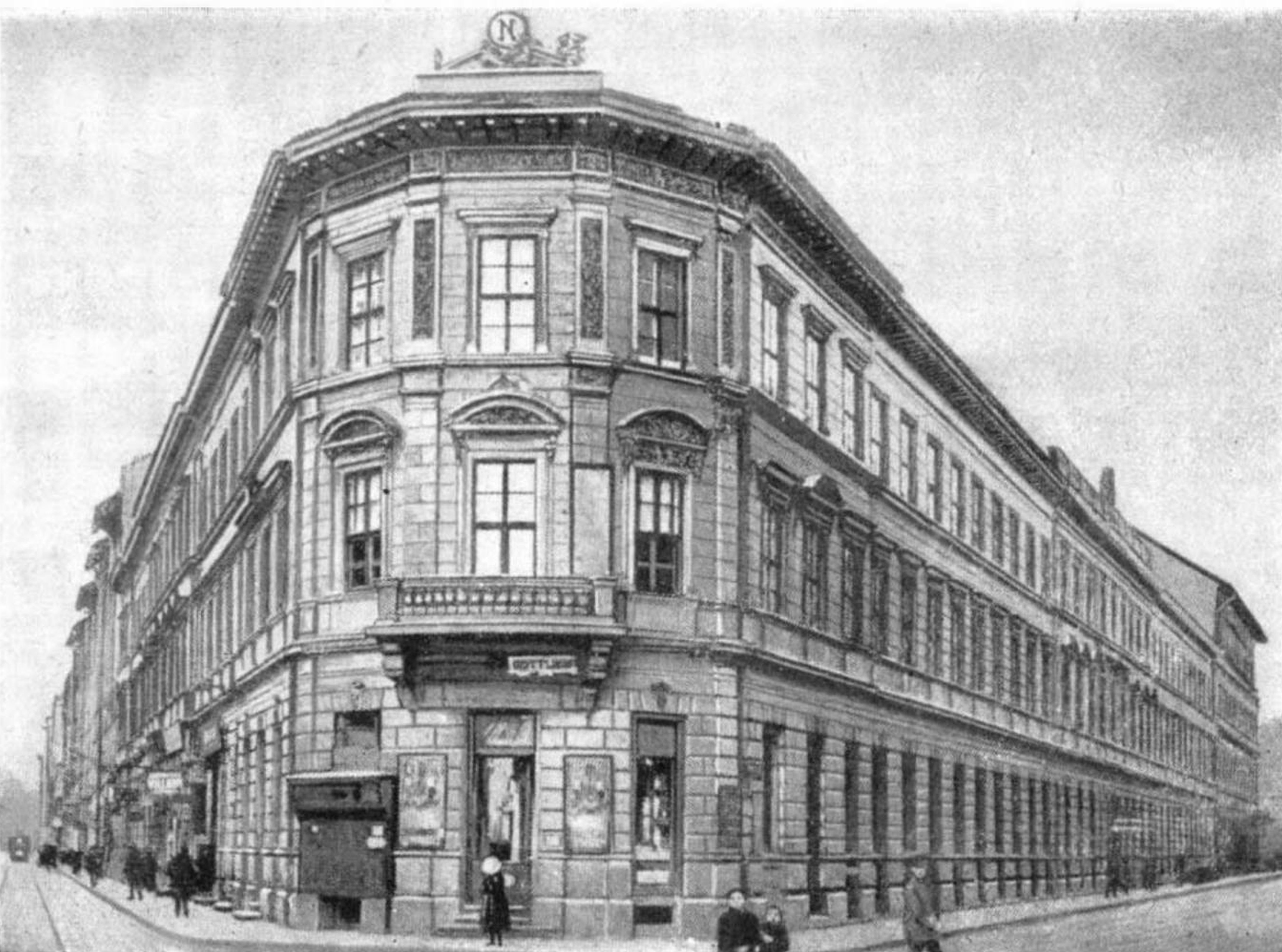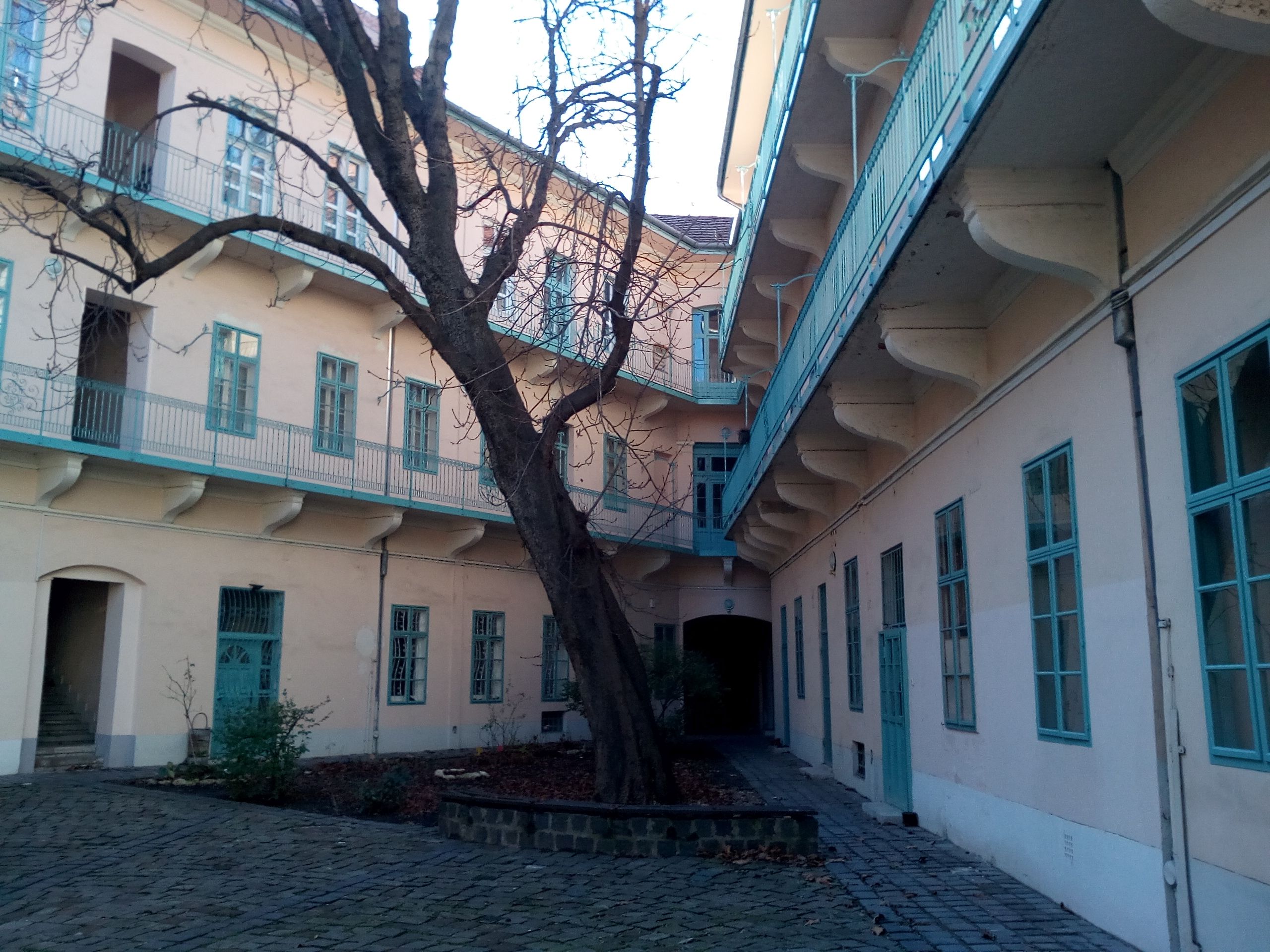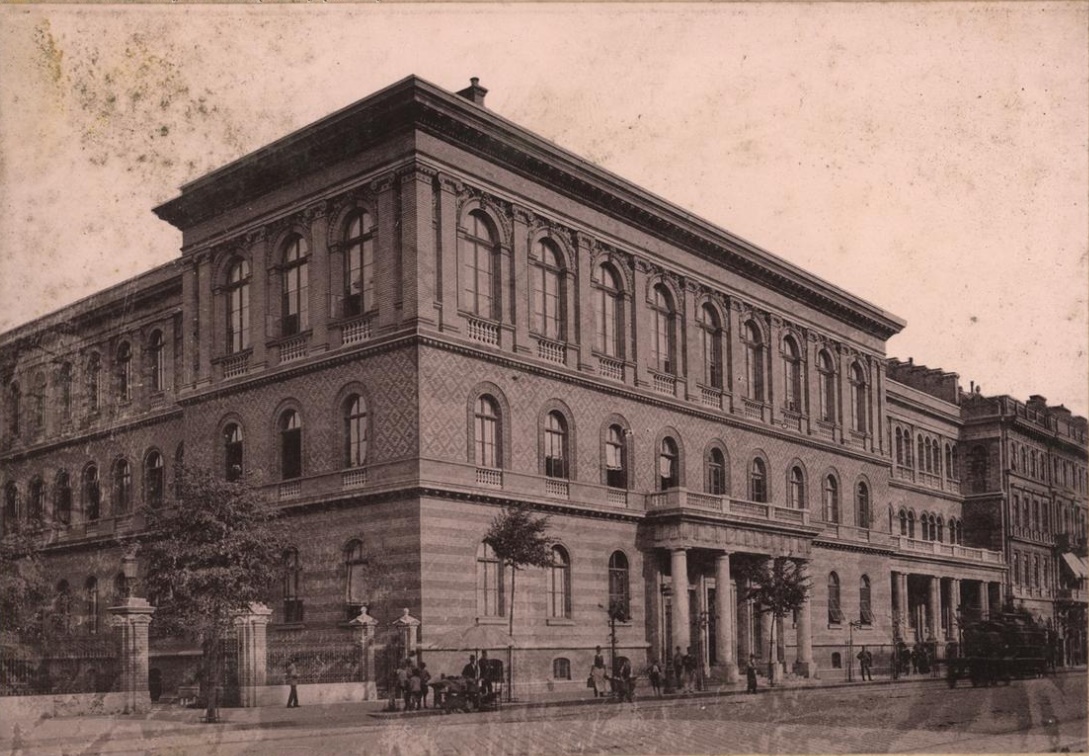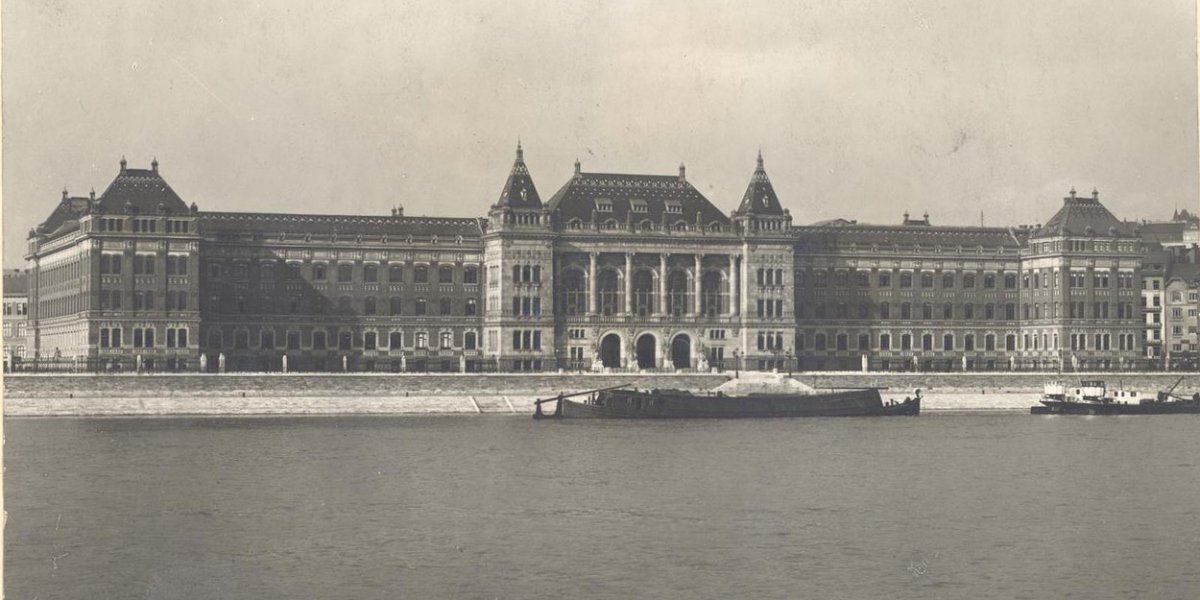The most important institution of engineering training in Hungary, including the capital, is the Budapest University of Technology and Economics. The university actually has two predecessors, as the Institutum Geometricum, which had previously existed under the auspices of the University if Buda and was the first higher engineering institute in Europe, was merged into the Joseph College of Technology, founded in 1844 and operating since 1846. In Hungary, since 1782, since the establishment of the Institutum Geometricum, only persons who have obtained higher education can be employed as an engineer.
There was a great need for engineers in Hungary, especially for waterworks specialists and surveyors, so in the first days they mostly trained such engineers, later civil engineers. During this period, legendary engineers such as Pál Vásárhelyi or József Beszédes studied there, whose outstanding knowledge is proved by the regulation of the Lower Danube or the Tisza.
In fact, this merger in 1850 also meant a downgrade, as the existing higher engineering education practically ceased in Hungary, albeit for only a few years, since from 1856 it became a higher education institution under the name of Joseph Polytechnic, led by József Stoczek. Stoczek replaced Lambert Mayer in 1860, as Lambert did not speak Hungarian, and the Diploma of October 1860, among other things, restored the language of engineering education to Hungarian after 10 years of training in German. During this period, many Hungarians studied at foreign universities, who later joined the Hungarian engineering school at home, such as Antal Kherndl, who taught railway and bridge construction at the University of Technology.
.jpg)
Eötvös József on a photo by Ede Ellinger
However, the most significant change took place 150 years ago, when Franz Joseph signed the law that established the Royal Joseph Polytechnic University. The draftsman of the law was József Eötvös, who, as Minister of Religion and Public Education, was already in favor of the establishment of an independent technical university in 1848, and after the 1867 compromise he was able to implement the plan. Unfortunately, could not see it to be completed because he died in February 1871, but the law was nevertheless passed by the Parliament and signed on 10 July 1871 by Franz Joseph.
“By approving the regulations submitted by the Hungarian Minister of Religion and Public Education for the organization of the administration of the polytechnic university, I allow the regulations of the polytechnic university organization to be organized according to these regulations from the next 1871/2 academic year. At Laxenburg, this 10th day of July, 1871. Franz Joseph, sgd. Dr. Tivadar Pauler, sgd. ”
- the approval can be read at the official publication of the law in the issue of the Budapesti Közlöny of 17 July 1871.
The Royal Joseph Polytechnic University, founded at that time, was the first engineering training institute in the world to have the term “university” in its name. True, the university could not award a doctorate, it still had to wait 30 years. (The first Hungarian doctor of engineering was Szilárd Zielinski, who wrote his doctoral dissertation in 1901 on the design of an underground high-speed rail network in Budapest.)

The Nagel House (Source: Pesti Hirlap Naptára, 1923)
Apart from this, the polytechnic university was considered to be on an equal footing with the University of Buda and the teachers of the polytechnic university were also considered equal with the teaching staff of the University of Buda - also in determining salaries.
The choice of name was not accidental, as it referred to the palatine Joseph, the founder of the College of Technology. Palatine József was not an engineer, but with his activity he was one of the greatest promoters of Hungarian technical development, therefore the Technical University carried the name of the legendary palatine until 1949.
The Technical University at that time was divided into sections, there was a section of engineering, architecture, mechanical engineering, mechanical engineering, chemistry and a university, each headed by a separate dean, while the university was headed by a rector. Within the sections operated the departments. Students began training in the universal section, after which they could specialize.

The courtyard of the Nagel House. The Workshop of the Technical University, led by János Csonka, was the first to operate here. János Csonka is the only Hungarian since 1782 who was declared a mechanical engineer without a degree (Source: Ferencváros Local History Collection)
The law also stipulated that the place of training was Pest (Budapest did not officially exist in 1871), therefore in 1872 the Nagel House in Pest, on the corner Lónyay (then Két Nyúl) and Gönczy Pál (then Csillag) streets was temporarily rented to the institution. By the 1871-1872 academic year, the university already had 500 students.

The home of the Polytechnic University since 1882, the university building of the Múzeum Boulevard (Photo: FSZEK Budapest Collection)
The Polytechnic University operated on this temporary site for ten years, from here it moved first to Inner Ring Road, Astoria, to the university buildings there, and then to its final location, Buda, in 1909.
Thus, the world's first technical university was established in Buda, and it took a short time in Pest to find a permanent home in Buda.
Cover Photo: The main building of the Polytechnic University, completed in 1909 in Buda, at the beginning of the 20th century. (Photo: FSZEK Budapest Collection)




































Hozzászólások
Log in or register to comment!
Login Registration